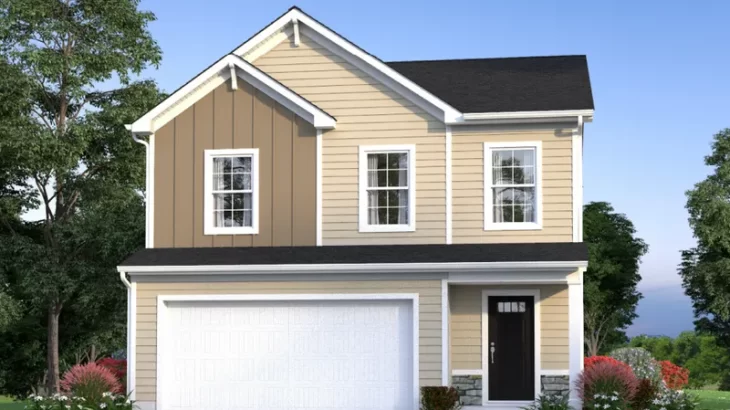Hybrid homes are becoming increasingly popular as homeowners look for ways to combine sustainable building methods with traditional ones. Building a hybrid home can offer a range of benefits, from lower energy bills to reduced environmental impact. However, designing and building a hybrid home can be a complex process, requiring careful planning and attention to detail. In this guide, we’ll explore some key tips for building a successful hybrid home, including choosing the right materials, prioritizing energy efficiency, incorporating sustainable features, integrating technology, and hiring the right team.
1) Understanding Hybrid Homes
A hybrid home is a building that combines elements of traditional and sustainable building methods. This can include using conventional building materials like brick and concrete while incorporating sustainable features like solar panels, rainwater harvesting systems, and energy-efficient appliances.
2) Choosing the Right Building Materials
Choosing suitable building materials is crucial when it comes to building a successful hybrid home. Traditional materials like brick and concrete can be combined with sustainable materials like bamboo or reclaimed wood to create a unique and efficient home. It is important to choose materials that are durable and long-lasting, as well as environmentally friendly.
2) Prioritizing Energy Efficiency
Energy efficiency should be a top priority when building a hybrid home. This can be achieved through various strategies, including using high-quality insulation, installing energy-efficient windows and doors, and choosing energy-efficient appliances. Solar panels and geothermal systems can also be used to generate energy and reduce reliance on traditional energy sources.
3) Incorporating Sustainable Features
Incorporating sustainable features into your hybrid home is key to building an environmentally friendly home. This can include using rainwater harvesting, greywater recycling, and composting toilets to reduce water usage and waste. Other sustainable features include green roofs, which can help regulate temperature and reduce energy usage, and natural ventilation systems, which can help circulate air and reduce the need for air conditioning.
4) Integrating Technology
Technology can be a powerful tool for building a hybrid home. Smart home technology can be used to control heating, lighting, and other systems, reducing energy usage and improving comfort. Home automation systems can also be used to monitor energy usage and adjust systems to optimize efficiency.
5) Hiring the Right Team
Building a successful hybrid home requires a skilled and experienced team of professionals. This can include architects, builders, and contractors who are knowledgeable about sustainable building methods and energy-efficient systems. Choosing a team with a track record of success in building hybrid homes is important, and that can work collaboratively to bring your vision to life.
6) Incorporate Passive Solar Design Principles
Passive solar design is a set of principles that can be used to reduce energy usage and increase natural light and warmth in a home. This can include using large windows and skylights to let in natural light, positioning the home to take advantage of solar orientation, and using thermal mass materials like concrete or brick to store and release heat. By incorporating passive solar design principles into your hybrid home, you can reduce your reliance on artificial lighting and heating systems and improve your overall energy efficiency.
7) Use Sustainable Landscaping Practices
Sustainable landscaping practices can also play a role in building a hybrid home. This can include using native plants and trees that require less water and maintenance, using permeable paving materials that allow rainwater to be absorbed into the ground, and incorporating features like rain gardens and bioswales that help to manage stormwater runoff. By using sustainable landscaping practices, you can further reduce your environmental impact and create a beautiful, functional outdoor space that complements your hybrid home.
Building a hybrid home can offer a range of benefits, from lower energy bills to reduced environmental impact. By following these key tips, you can ensure that your hybrid home is built to the highest sustainability and efficiency standards. Whether you are building a new home or renovating an existing one, a hybrid approach can help you achieve your goals while minimizing your environmental impact. With the right materials, technology, and team in place, you can build a beautiful and sustainable home.



















